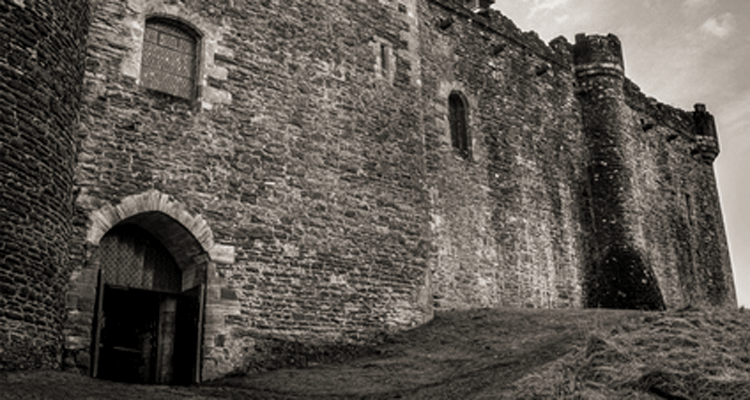What Gives? Season 3 of ‘Game of Thrones’ vs. the Books

When adapting a book into a film or a television series, a certain degree of artistic license must be taken. Books are an imaginative medium, while film and TV are very visual. Many of the things which George R.R. Martin has done with the “A Song of Ice and Fire” novels simply aren’t feasible in a visual medium.
Case in point: Ser Barristan Selmy reveals his identity to Daenerys in season 3 of HBO’s “Game of Thrones,” much earlier than he did in the book. You can only hide a character’s face for so long in a visual medium.
That example is just a matter of details. There are other differences between the HBO series and the books that affect basic plot and change the effect of the narrative. Take, for example:
Theon’s Torture
The details of Theon Greyjoy’s torture are gone over in explicit and immediate detail in the television series. In the books, Theon’s torture isn’t referenced at all until much later in flashback, and the details are a little foggy. Theon’s castration, for instance, is only alluded to in the novels. In the series, although the act is not shown onscreen, the castration is made undeniable.
Although this difference may be relatively minor (well, depending on what sort of surprises George R.R. Martin has in store for the rest of the series), it makes a tremendous difference in the narrative. For those who read the novels first, we were left in the dark as to Theon’s ultimate fate, thinking him most likely dead following the Battle of Winterfell.
When we finally saw him again in “A Dance of Dragons,” it was quite a shock, and it’s too bad those watching the television series first won’t be able to experience it. The details in “A Storm of Swords” and “A Feast of Crows” involving characters receiving bits of Theon’s flayed skin were downright chilling, and it’s a shame to miss out on that, as well.
An Epic, Off-Screen Undertaking
Some differences affect how we envision the characters, and sometimes these are hilarious. If you remember the big deal that Arya Stark made about the Red Fork of the Trident River, then you might be surprised to learn that, sometime in the middle of the episode “Walk of Punishment,” the Brotherhood Without Banners would have had to cross that very fork for no reason other than to visit what must be their favorite inn, the Inn at the Crossroads.
In the books, the Brotherhood went to an entirely different inn. The Brotherhood in the HBO series heads to the Inn at the Crossroads, which would have required them to brave a potentially deadly crossing at the Red Fork. Perhaps the series wanted to save a little money on the cost of set design, as the Inn at Crossroads already appeared in previous seasons.
Although this is likely a simple oversight on the part of the writers, to readers, it paints the Brotherhood as not just religious zealots, but zealots for good meal from their favorite inn.
Varys and the Sorceror
In the episode “And Now His Watch is Ended,” Varys shares with Tyrion the story of his torture and castration at the hands of a sorcerer. He concludes his story with the revelation that, through his ever-growing influence in the kingdom, he has had that very same sorcerer delivered to him to exact revenge. In the books, Varys never sees the sorcerer again.
Perhaps this is an instance where HBO simply can’t match the ruthless cynicism of Martin’s books. In the series, it would seem that justice may eventually be served to those who are patient and dedicated. In the books, there is no such hope.
It’s a great moment to see the sorcerer in the cage and to know that Varys will have his revenge, one where the series just might have improved upon the books. It may have been wiser to have as many moments of triumph for the characters as possible leading up to the sheer gut-punch of the Red Wedding that soon followed.



